BUILDING UTILITIES: ELECTRICAL SYSTEMS
1/76
There's no tags or description
Looks like no tags are added yet.
Name | Mastery | Learn | Test | Matching | Spaced |
|---|
No study sessions yet.
77 Terms
Electricity
It is the science dealing with the physical phenomena arising from the existence and interaction of electric charges.
Electromotive Force (emf)
The energy per unit charge available for conversion from a chemical, mechanical, or other form of energy into electrical energy, or vice versa, in a conversion device as a battery,generator or motor.
Electric Charge
The intrinsic property of matter giving rise to all electric phenomena, occurring in two forms arbitrarily given positive and negative algebraic signs and measured in coulombs. Opposite charges attract while like charges repel each other.
Coulomb (C)
The SI unit of electric charge, equal to the quantity of electricity transferred across a conductor by a current of one ampere in one second.
Electrode
A conductor through which a current enters or leaves a nonmetallic medium.
Power
The product of potential difference and current in a direct current circuit. In an alternating current circuit, power is equal to the product of the effective voltage, the effective current, and the cosine of the phase angle between current and voltage.
Current (I)
The rate of flow of electric charge in a circuit per unit time, measured in amperes.
Ampere (A)
The basic SI unit of electric current, equivalent to a flow of one coulomb per second or to the steady current produced by one volt applied across a resistance of one ohm.
Resistance (R)
The opposition of a conductor to the flow of the current, causing some of the electric energy to be transformed into heat and usually measured in ohms.
Volt (V)
The SI unit of potential difference and electromotive force, defined as the difference of electric potential between two points of a conductor carrying a constant current of one ampere, when the power dissipated between the points is equal to one watt.
Voltage
Potential difference or electromotive force expressed in volts (which is analogous to water flow).
Watt (W)
The SI unit of power, equal to one joule per second or to the power represented by a current of one ampere flowing across a potential difference of one volt.
Kilowatt-Hours (kWh)
A unit of energy, equal to the energy transferred or expended by one kilowatt in one hour; a common unit of electric power consumption.
Ohm (Ω)
The SI unit of electrical resistance, equal to the resistance of a conductor in which a potential difference of one volt produces a current of one ampere.
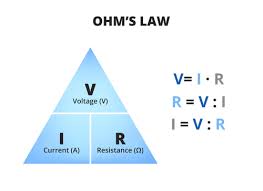
Ohm’s Law
The law that for any circuit the electric current (1) is directly proportional to the voltage (V) and inversely proportional to the resistance (R).
I = V / R
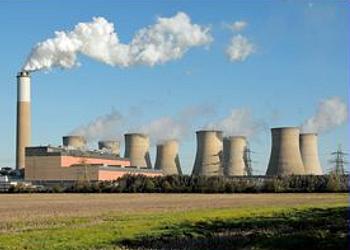
Coal, Gas and Oil
Fossil fuel power plants burn coal or oil to create heat which is in turn used to generate steam to drive turbines which generate electricity.
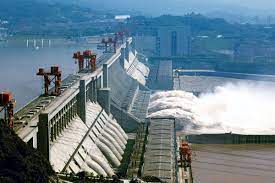
Hydroelectric Power
Hydroelectric power plants generate electricity by storing water in vast reservoirs behind dams.
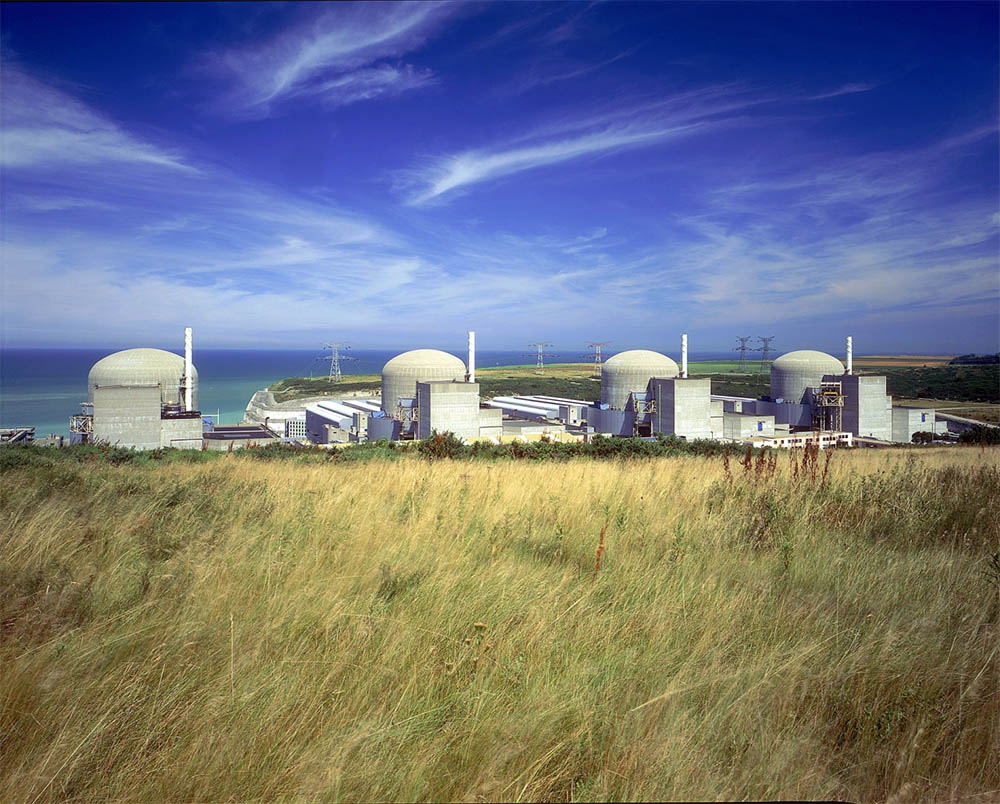
Nuclear Power
Nuclear power reactors use the heat produced from splitting atoms to generate steam to drive a turbine.
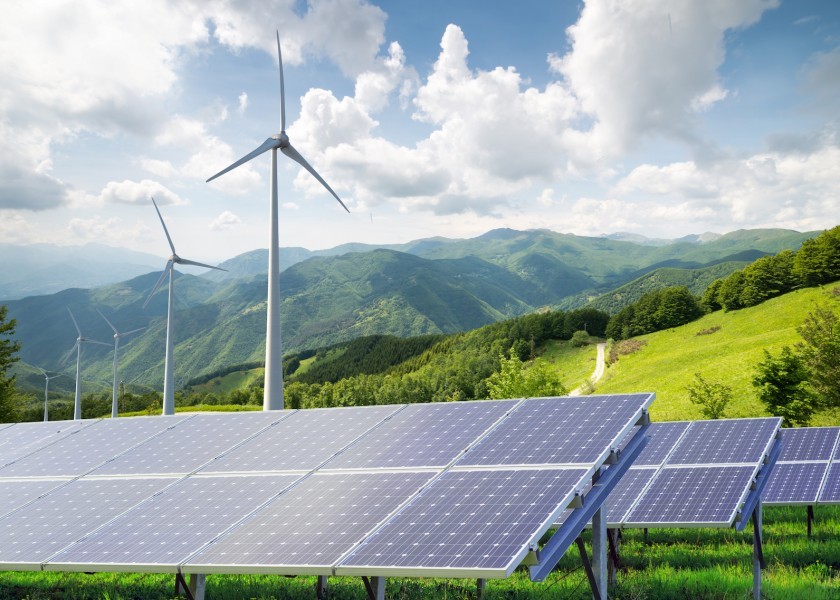
Wind and Solar
Renewables, such as wind solar and small-scale hydro, produce electricity with low amounts of greenhouse gas emissions across their entire life cycle.
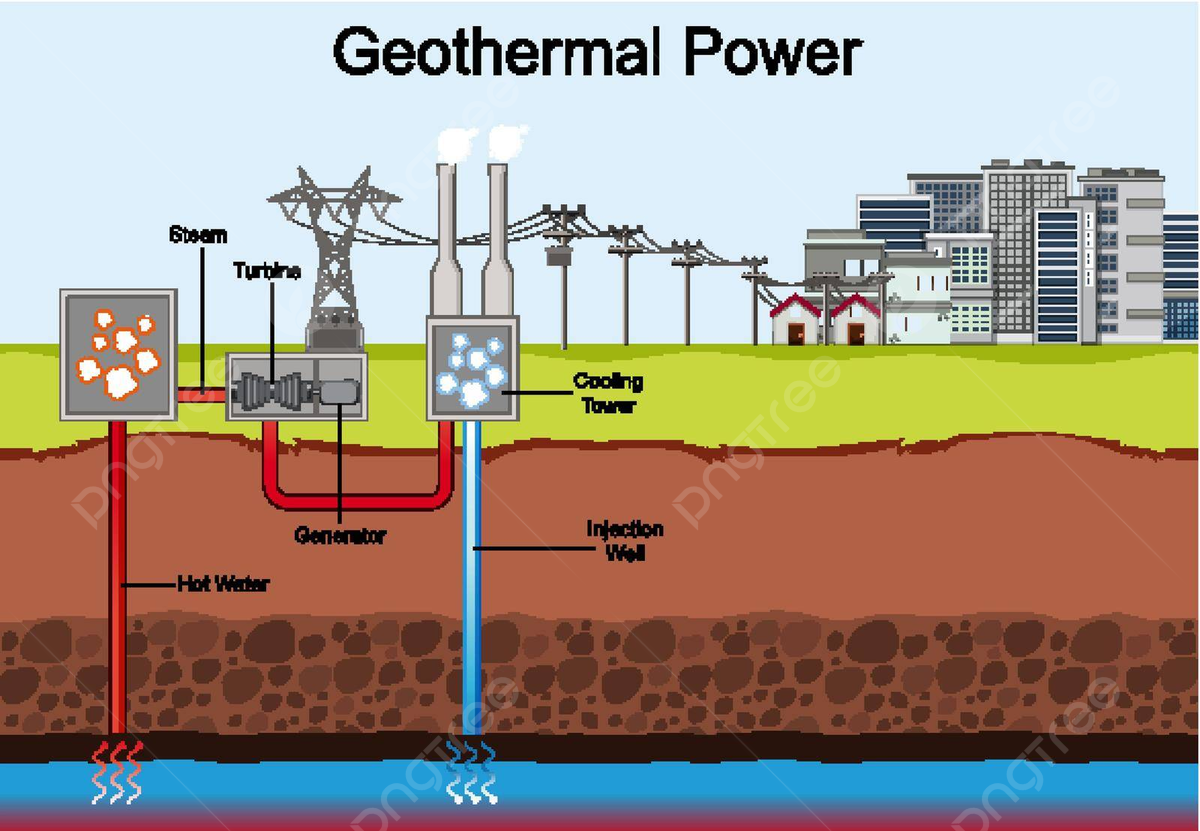
Geothermal Energy
It comes from heat generated during the original formation of the planet and the radioactive decay of materials. This thermal energy is stored in rocks and fluids in the center of the earth.
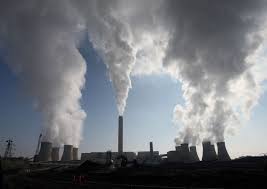
Biomass
A biomass plant operates in a very similar way to gas- and coal-fired power plants. Instead of burning gas or coal, the plant is fueled by different forms of biomass (such as purpose-grown trees, wood chips, domestic waste, or‘biogas’).
Emergency System
Provide electric power and illumination essentially for life safety and protection of property during an emergency.
Standby Systems
Provide power to selected loads not directly involved with life safety.
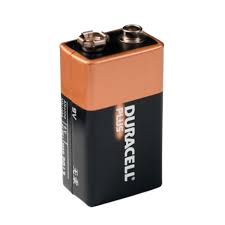
Batteries
A device that stores energy and then discharges it by converting chemical energy into electricity.
Generators
A machine that converts mechanical energy into electrical energy.
Alternating Current Generators (Alternator)
A machine that converts mechanical energy into alternating electrical energy.
Direct Current Generators
A rotating machine that supplies an electrical output with unidirectional voltage and current.

Motors
For converting electrical energy to mechanical energy.
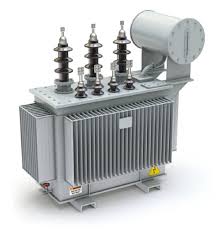
Transformer
For converting one voltage to another, from lower to higher or from higher to lower.
Rotary Converters
For changing alternating current to direct current and vice versa.
Rectifier
Is an electrical device composed of one or more diodes that converts alternating current (AC) to direct current (DC).
Inverter
An electronic device or circuitry that changes direct current (DC) to alternating current (AC).
Electric Load Control
is the effective utilization of available energy by reducing peak loads and lowering demand charge. The control devices and systems are referred to as load shedding control, peak demand control, peak load regulation, and power use control.
Load Scheduling and Duty-Cycle Control
The installation of electric loads are analyzed and scheduled to restrict demand by shifting large loads to off-peak hours and controlled to avoid coincident operations.
Demand Metering Alarm
In conjunction with a duty cycle controller, demand is continuously metered, and an alarm is set on when a predetermined demand level is exceeded.
Automatic Instantaneous Demand Control
Also called "rate control", it is an automated version of the demand metering alarm system, where it |automatically disconnects or reconnects loads as required.
Ideal Curve Control
This controller operates by comparing the actual rate of energy usage to the ideal rate and controls kW demand by controlling the total energy used within a metering interval.
Forecasting Systems
Are computerized systems which continuously forecast the amount of energy remaining in the demand interval, then examine the status and priority of each of the connected loads and decide on the proper course of action.
Building Management System (BMS)
This controls energy consuming equipment in a building to make it operate more efficiently while maintaining comfortable environment.
Scheduling Functions
Turn equipment on or off depending on the time of day, day of the week.
Lock-out Function
Make certain that equipment does not come on unless it is needed.
Reset Functions
Keep equipment from operating at greater capacity than necessary to meet building loads.
Demand-limiting or Load-Shedding Functions
Reduce electrical demand charges.

Alternating Current
A current which is periodically varying in time rate and indirection. Current flowing in power lines and normal household electricity that comes from a wall outlet is alternating current.
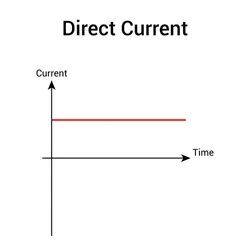
Direct Current
A current which flows at a constant time rate and in the same direction.
Some examples of DC current are the mobile battery providing DC power, the laptop battery providing DC power, solar panels generating direct current (DC), and Power banks providing DC power.

Series Circuit
An arrangement of components in an electric circuit in which the same current flows through each component in turn without branching.
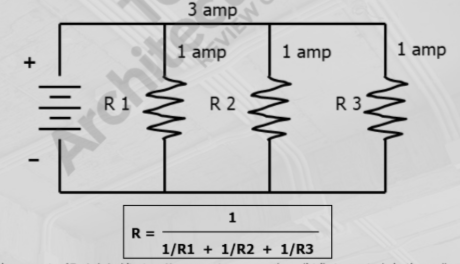
Parallel Circuit
The arrangement of components in an electric circuit in which all positive terminals are connected to a second conductor, the same voltage being applied to each component

General Purpose Branch Circuit
Supplies outlet for lighting and appliances, including convenience receptacles.

Appliance Branch Circuit
Supplies outlets intended for feeding appliances. Fixed lighting is not supplied.

Individual Branch Circuit
Is designed to supply a single specific item, such as a motor load or a unit air-conditioner.
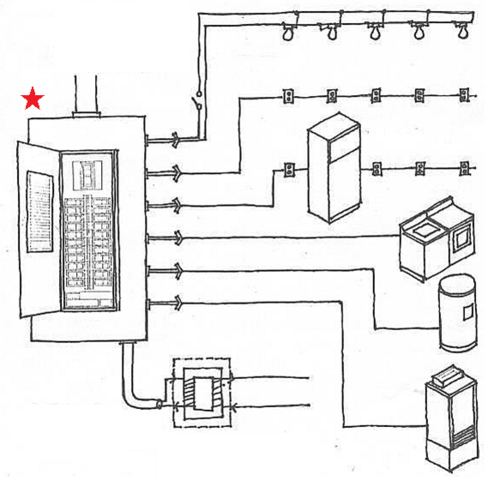
General Purpose Circuit
A branch circuit that supplies current in a number of outlets for lighting and appliances.
Appliances Circuit
A branch circuit that supplies current in one or more outlets specifically intended for appliances.
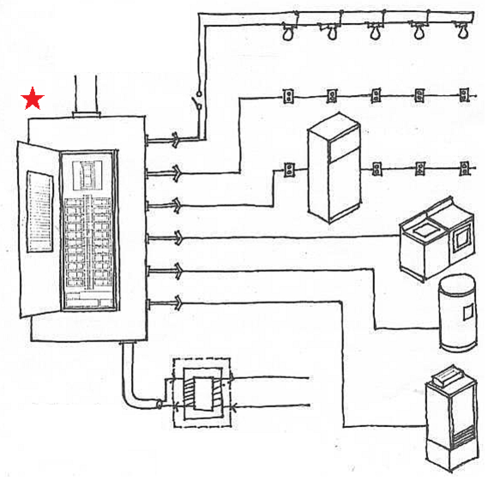
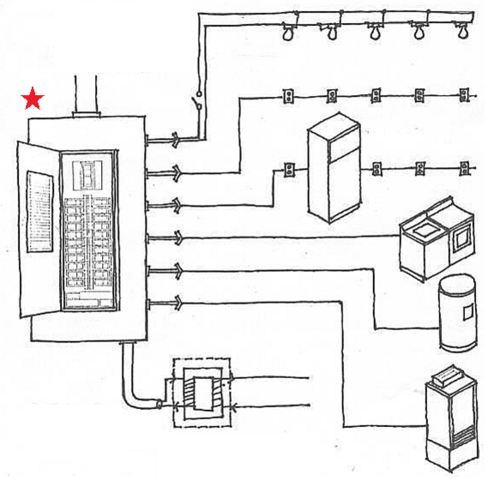
Individual Circuit
A branch circuit that supplies current only to a single piece of electrical equipment.
30 watts per square meter (3 watts per square foot)
Branch circuits shall be sufficient to supply a load of ________________.
2 - 20 ampere
Minimum code requirement for appliance branch circuit to feed all small appliance outlets in the kitchen, pantry, dining and family room.

Single Phase
Power is a two-wire alternating current (ac)power circuit. Typically, there is one power wire—the phase wire—and one neutral wire, with current flowing between the power wire (through the load) and the neutral wire.
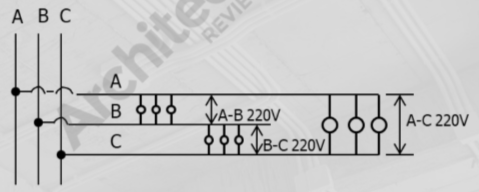
Three Phase
A three-wire ac power circuit with each phase ac signal 120 electrical degrees apart.
Service
The supplying of utilities required or demanded b the public.
Substation
An auxiliary power station where electrical current is converted or where voltage is stepped up or down.
Service Drop
The overhead portion of service conductors extending from the nearest utility pole to a building.
Line Drop
The decrease in voltage between two points on a power line, usually caused by resistance or leakage along the line.
Service Entrance Conductor
The portion of a service conductor extending from a service drop or service lateral to the service equipment of a building.
Service Lateral
The underground portion of service conductors extending from a main power line or transformer to a building.
Watt-Hour Meter
A meter for measuring and recording the quantity of electric power consumed with respect to time.
Transformer Vault
A fire-rated room housing a transformer and auxiliary equipment for a large building.
Switchgear Room
Contains the service equipment for a large building.
Service Equipment
Equipment necessary for controlling, metering and protecting the electric power supply to a building.
Standby Generator
For providing emergency power during a power outage.
Switchboard
One or a group of panels on which are mounted switches, overcurrent devices, metering instruments and buses.
Feeder
Any of the conductors extending from the service equipment to various distribution points in a building.
Unit Substation
A freestanding enclosure housing a disconnect switch, a step-down transformer and switchgear.
Lightning Rod
Any of several conducting rods installed at the top of a structure and grounded to divert lightning away from the structure. Also called air terminal.
Lighting Arrester
A device for protecting electrical equipment from damage by lightning or other high-voltage currents, using spark gaps to carry the current to the ground without passing through the device.
Spark Gap
A space between two terminals or electrodes across which a discharge of electricity may pass at a prescribed voltage.

Block Diagram
A horizontal single line diagram of the building's electrical system from the incoming service to the utilization items at the end of the system where the major electrical components are shown as blocks or rectangles.
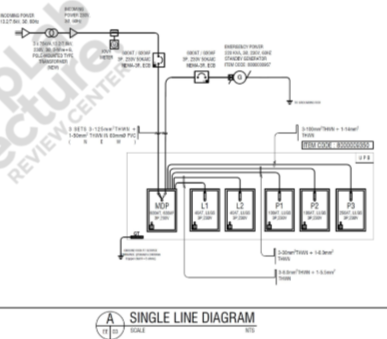
Single Line Diagram
It is the representation of an electrical circuit using a single line. As the name suggests, a single line is used to denote the multiple power lines such as in 3 phase system.
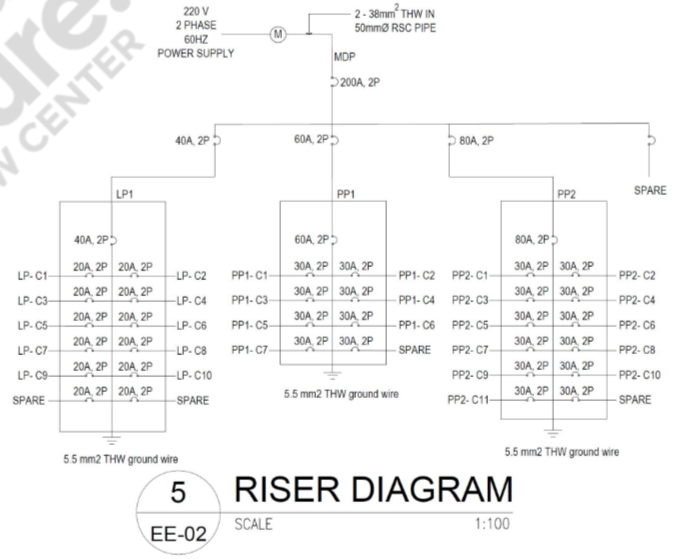
Riser Diagram
The riser diagram is the illustration of the physical layout of electrical distribution in a multilevel building using a single line. It shows the size of conduits, wire size, circuit breaker rating and other electrical devices (rating of switches, plugs, outlets etc.) from the point of entry up to the small circuit branches on each level.